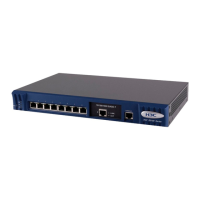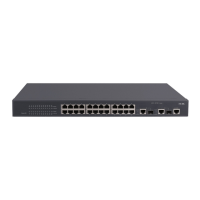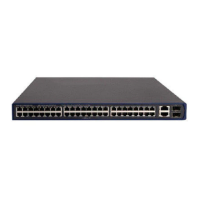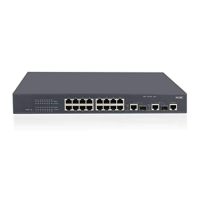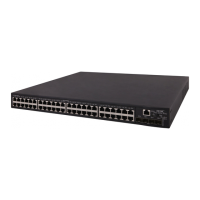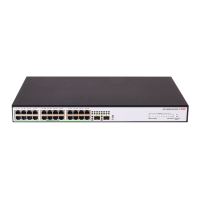1-1
1 Configuration File Management Commands
S3100 series Ethernet switches allow you to input a file path and file name in one of the following ways:
z In universal resource locator (URL) format and starting with “unit1>flash:/”. or “flash:/” This method
is used to specify a file in the current Flash memory. For example, the URL of a file named text.txt
in the root directory of the switch is unit1>flash:/text.txt or flash:/text.txt.
z Entering the path name or file name directly. This method can be used to specify a path or a file in
the current work directory. For example, to access file text.txt in the current directory, you can
directly input the file name text.txt as the file URL
File Attribute Configuration Commands
display current-configuration
Syntax
display current-configuration [ configuration [ configuration-type ] | interface [ interface-type ]
[ interface-number ] ] [ by-linenum ] [ | { begin | exclude | include } regular-expression ]
View
Any view
Parameters
configuration configuration-type: Specifies to display non-interface configuration. If configuration-type
is not specified, all the non-interface configurations are displayed; if configuration-type is specified, the
specified type of configuration is displayed. The configuration type you can specify is based on your
current configuration. For example:
z acl-adv: Indicates the advanced Access Control List (ACL) configuration.
z acl-basic: Indicates the basic ACL configuration.
z hwping: Indicates the HWPing configuration.
z isp: Indicates the internet service provider configuration.
z radius-template: Indicates the radius template configuration.
z system: Indicates the system configuration.
z user-interface: Indicates the user interface configuration.
interface: Displays port/interface configuration.
interface-type: Port/interface type, which can be one of the following: Aux, Ethernet, GigabitEthernet,
Loopback, NULL and VLAN-interface.
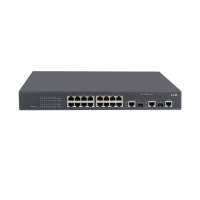
